In conversation with creative director, Casey Cadwallader — “It’s not just about how you look, it’s about the energy you exude”
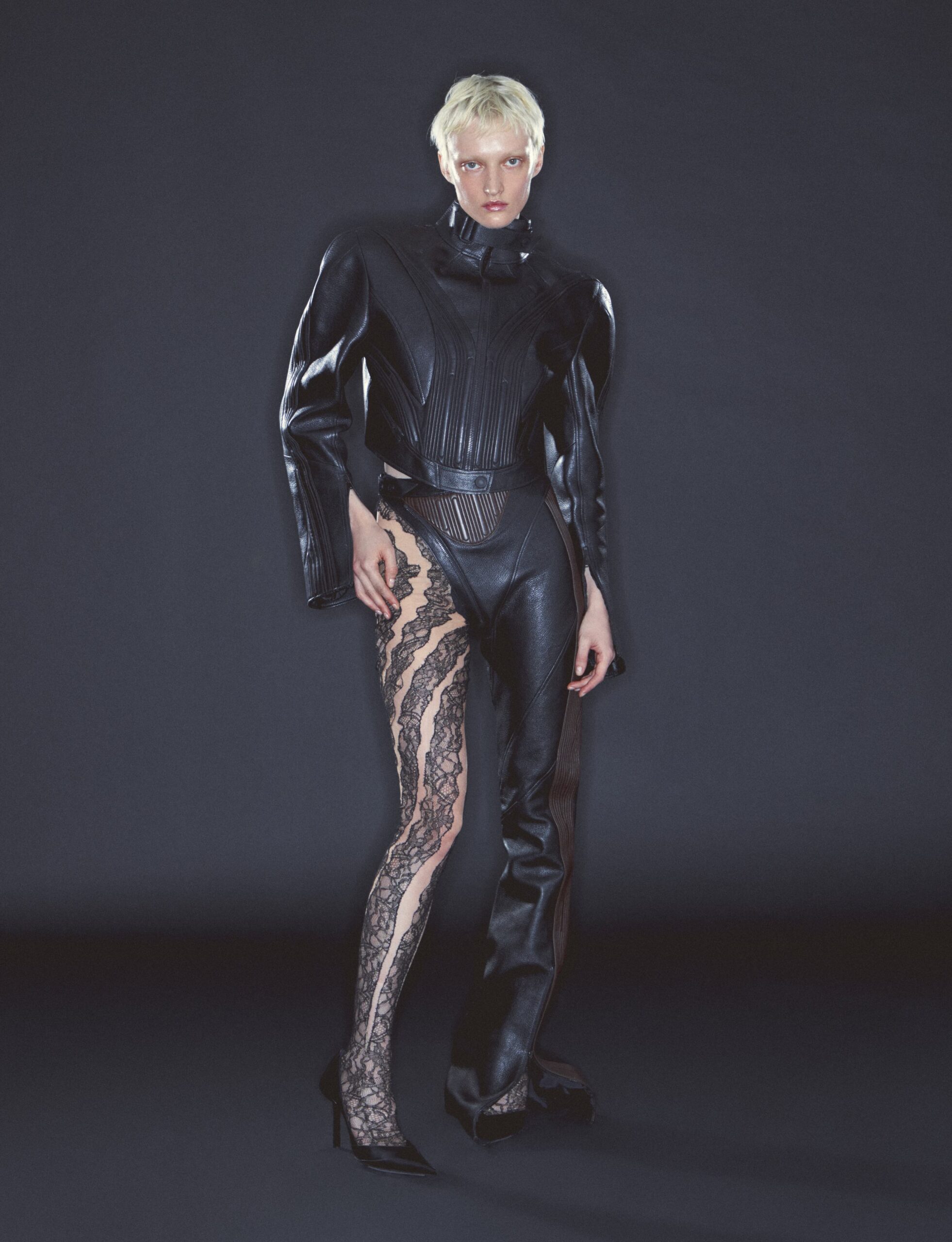
American-born and raised, CASEY CADWALLADER is the visionary designer spearheading the MUGLER renaissance. A fashion world stalwart, Cadwallader held key positions at LOEWE and ACNE STUDIOS prior to assuming the role of Creative Director at MUGLER in January 2018. Just five years into his journey at the legendary French label, Cadwallader has already imprinted his legacy upon the brand’s storied history of avant-garde, hyperfeminine and theatrical haute couture. He has skilfully crafted a fantastical realm that not only encapsulates the opulent extravaganzas famously of THIERRY MUGLER’s runway shows but also extends his opulence into the realm of ready-to-wear and social media. From his formative experiences and intern days at brands such as MARC JACOBS, to his dominance of the scene, we spoke with Cadwallader about his youthful aspirations, sleepless nights and draw to fresh talent.
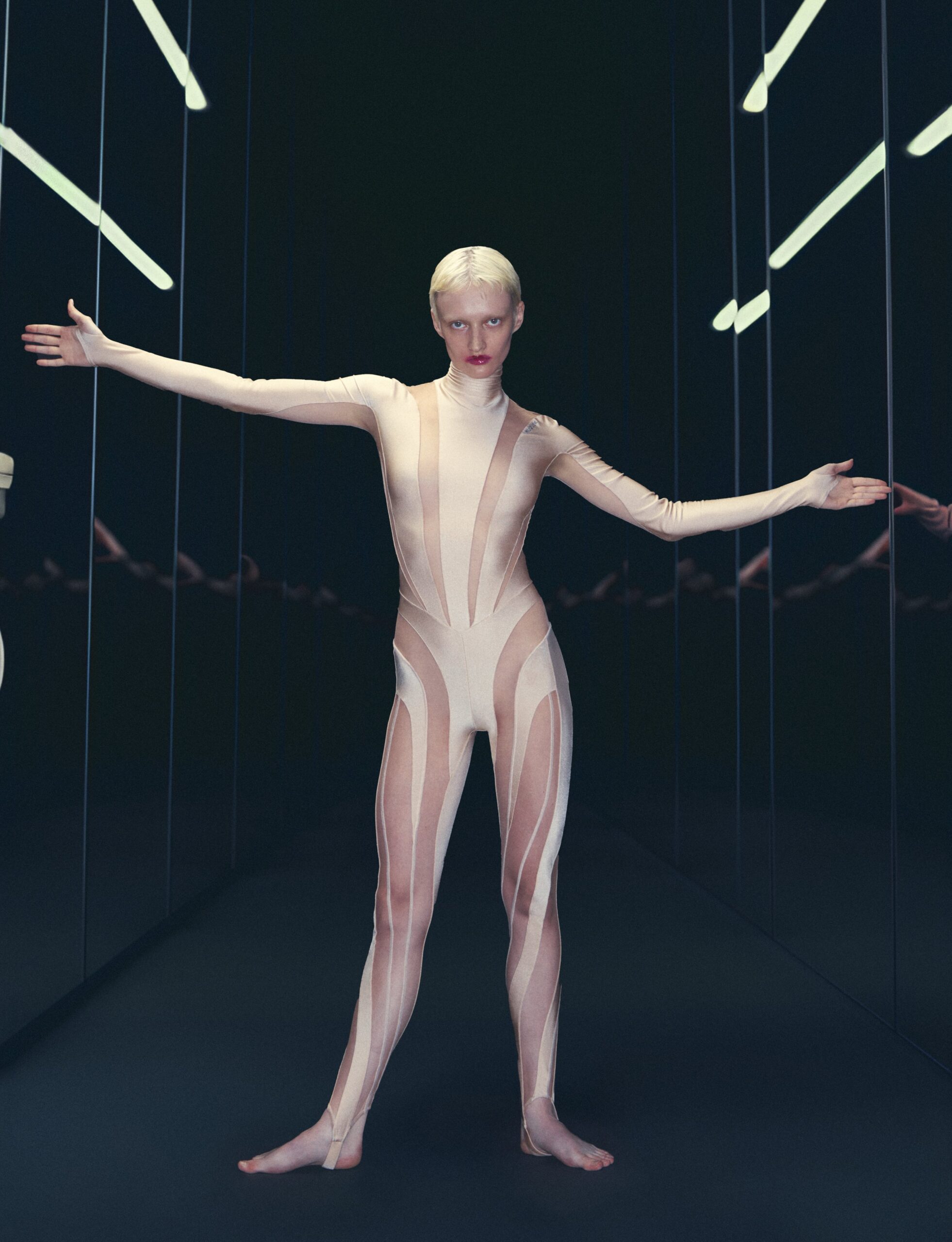
Hi Casey, it’s a pleasure to speak with you today. Your journey to becoming the Creative Director at Mugler is remarkable. Can you tell us a bit about how you got there?
Growing up, I really bounced around wanting to be many different things. I started in a more scientific direction with architecture. Architecture runs in my family, as my father and my grandfather both worked in architectural material sales, so from an early age I remember my father constantly had big sets of blueprints in the house, marking them up. And I think I was very influenced by seeing him doing this! So, in the beginning, it really was like this swirl of different things. I was very sort of ‘the yin’ to my parents’ ‘yang’ when it came to interests, because I was so connected to them as a kid. When I got more serious about wanting to be an architect as I grew up, I applied to study at CORNELL in NEW YORK.
Can you tell us about your time at Cornell? Is that where your transition into fashion really began?
I was always really interested in fashion, but more for myself on a personal level. At Cornell, however, there was a textile and apparel design department for which once I was asked to model for the graduate fashion show. Doing this was actually when I learnt of its existence! Afterwards, I then petitioned with friends to be able to become a designer from another department. Thankfully, they let us in, but the deal was that you had to make all your own patterns and sew every stitch yourself. I had no idea how to do any of those things, and I basically did it intuitively. I made 3D models of my models so that I could work on their exact bodies in my apartment from, like, 2 a.m. to 4 a.m. Architecture school at Cornell is notoriously tough and people don’t sleep. I put a lot of needles through my fingers at four in the morning, that’s for sure. In the end, I did this very ‘bricolage’ thing—it was all about moulding the body in different kinds of tape and then cutting it apart and adding zippers. And it was just from doing that show, one of my friends who was also an architect got an internship at MARC JACOBS. And then at the end of the summer, Marc needed more people right before the show. So they invited me to come, and they basically fell in love with me. The next summer they offered me an internship.
I mean, how could they not? What was your experience like at Marc Jacobs? (He’s also notoriously tough and doesn’t sleep, ha-ha).
Once I saw what I had access to inside of the industry, I was stunned by it. And I think again I was on the floor at three in the morning cutting metal sequins off the seam allowance so that they could put together a dress for the show the next day. In these moments, I realised that I just loved the energy, also watching the design team travelling back and forth to ITALY. I was obsessed with Italy and had been studying Italian very, very intensely. It was at Marc Jacobs I realised that if I become an architect, I’m going to end up staying in New York and being a CAD slave. However, if I become a fashion designer, maybe I’ll be able to travel and do different things with my life. It was just the more seductive option for me. Essentially, I went into fashion just because it made my heart race a little bit more.
Even though architecture didn’t win out over the (very easy) choice between being a CAD slave or travelling to Italy for fashion, does it still impact your creative process today?
I’m quite obsessive about curves and jewellery and architecture. Most of my architecture was curvy, and I was obsessed with the body very early on and how architecture and the body sort of interacted with each other. The idea that you have the skin that you’re in and then your clothing is the next skin, and then furniture is the next skin, and then the walls are the next skin and then the city is the next. For me, I can collapse them all in a way like it’s all the same to me. It’s a ‘designed interaction’ with your body in one way or another.
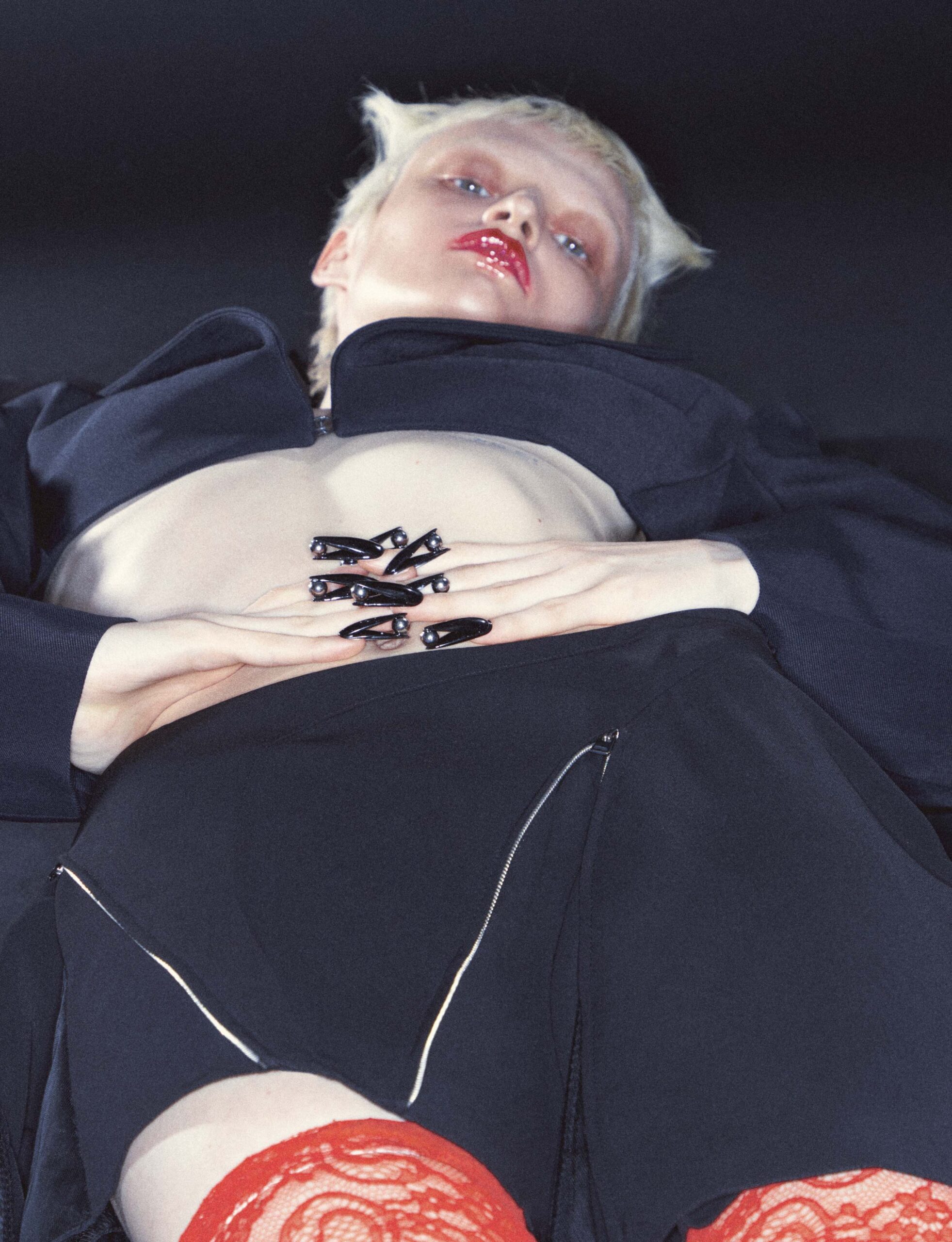
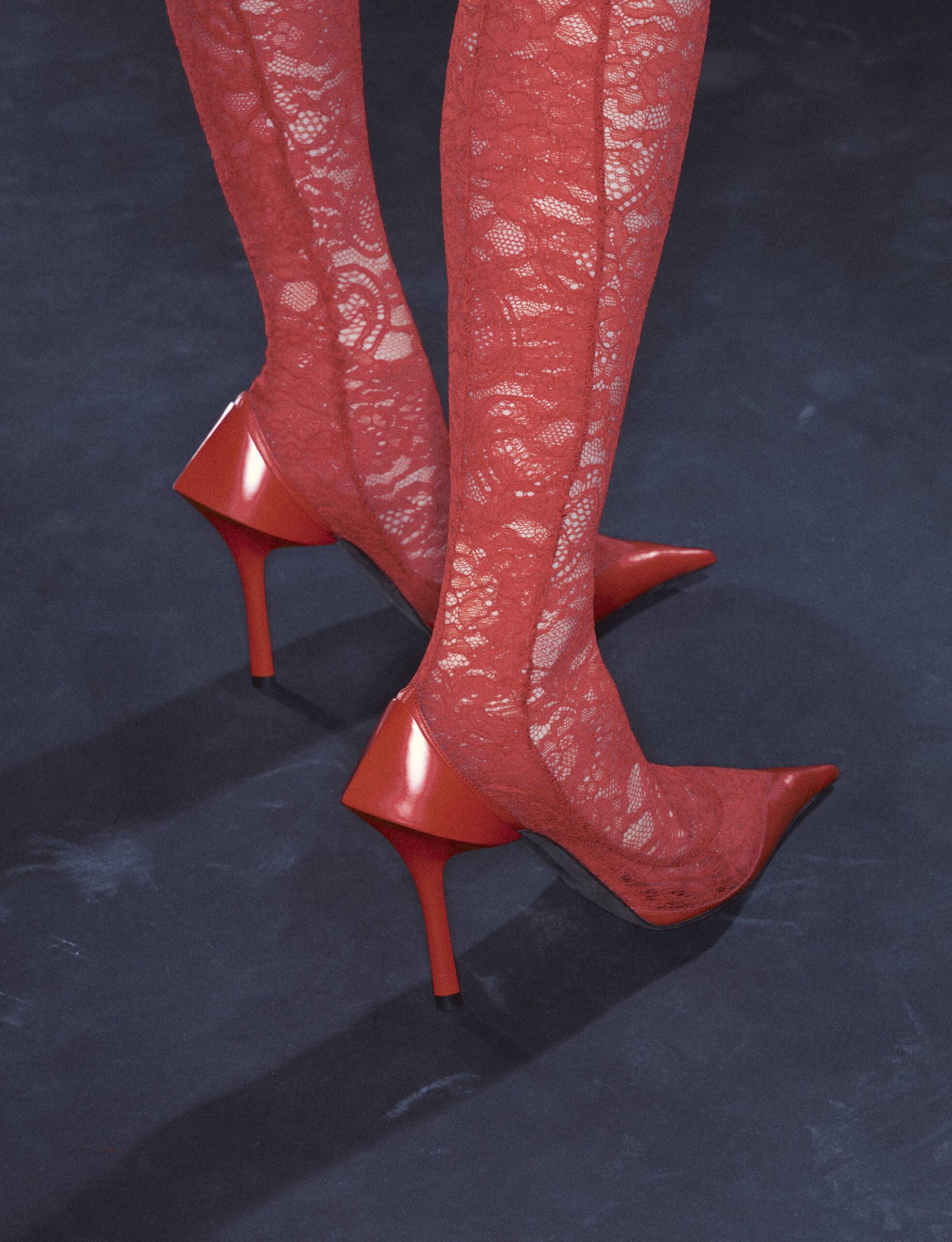
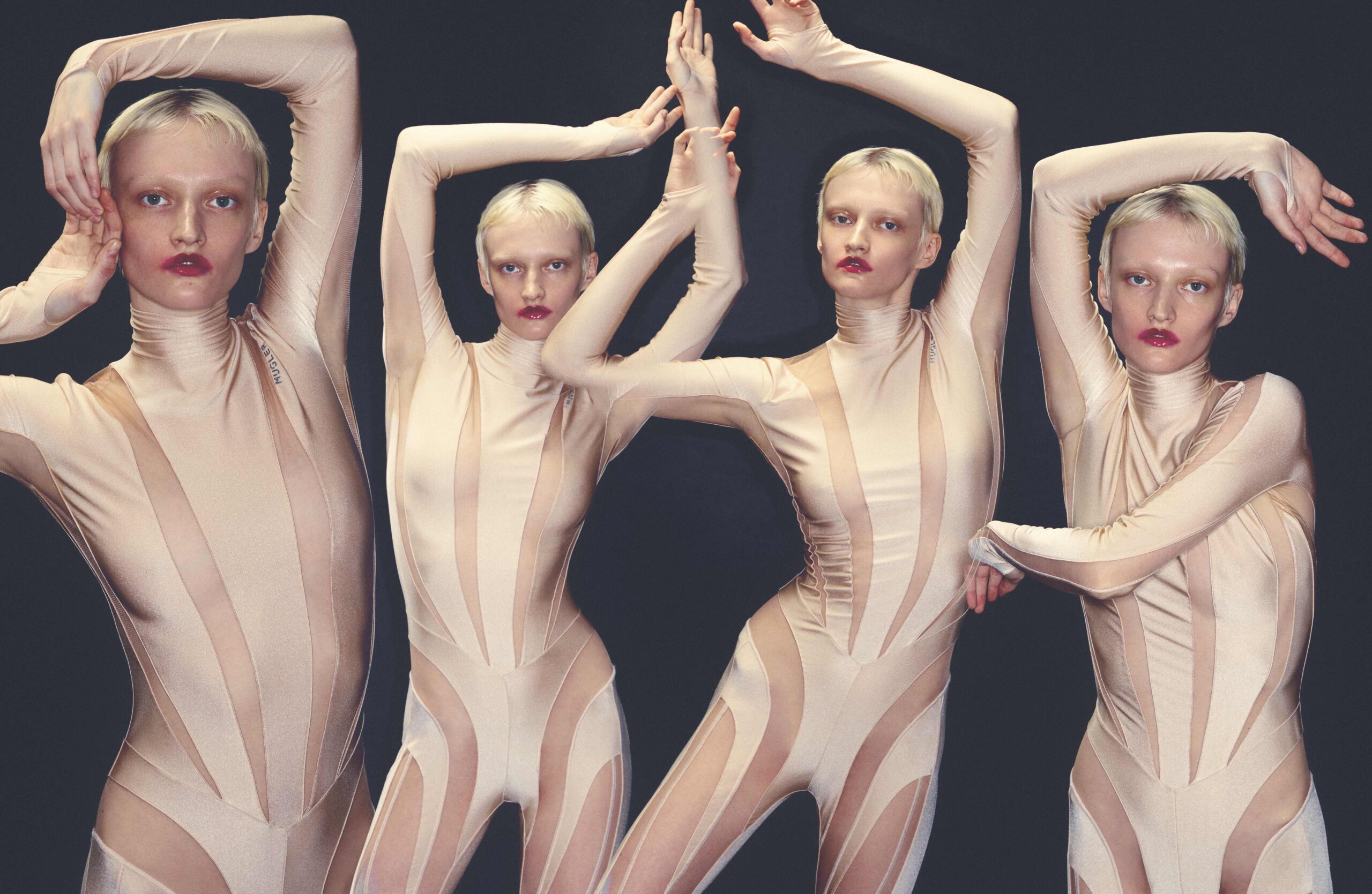
You have now been the Creative Director of Mugler for five years. What were some of the goals you set for yourself and the brand in 2018?
For me, when I started at Mugler, the goal was to bring Mugler back as strong as it once was but rooted in today’s culture and through my eyes. The founder of the brand followed his gut and made something very special and different, and my goal has always been to do my version of that. Over time, through many of the projects and collaborations we have been able to do, I think we’re getting there.
Speaking of which, the Mugler Fall ’22-’23 collection was a piece of art, and marked a significant shift in the way we perceive the traditional runway in correlation with the digital landscape. What were some of the catalysts that pushed this vision forward?
During the pandemic, a lot of businesses failed—but we actually established ourselves because we were entertaining people. Through our films, we could tell the story of our work and who we were to people through social media. It’s what clinched our growth, we’re quite an outlier in the way we do things. We’ve been doing quite well by being so communicative and trying to entertain the public. COVID put us in this place where we had to speak a different language suddenly. And in the end, it opened me up completely because I realised more of the power of technology and media as a communication tool.
And why do you think it continues to be important to embrace this intersection of technology and fashion?
Fashion is nothing without the person wearing it. Mugler is so much about culture and identity and confidence and power, and that all comes out with the camera. So, the idea of going back to doing a regular runway show and shutting all of that back down was a no-go for me. This is why the last show was a hybrid cinema/live performance fusing both of these things together. We wanted to push forward the idea of what it means to have a show…
Read the full interview in The NIGHT Issue, shop here!
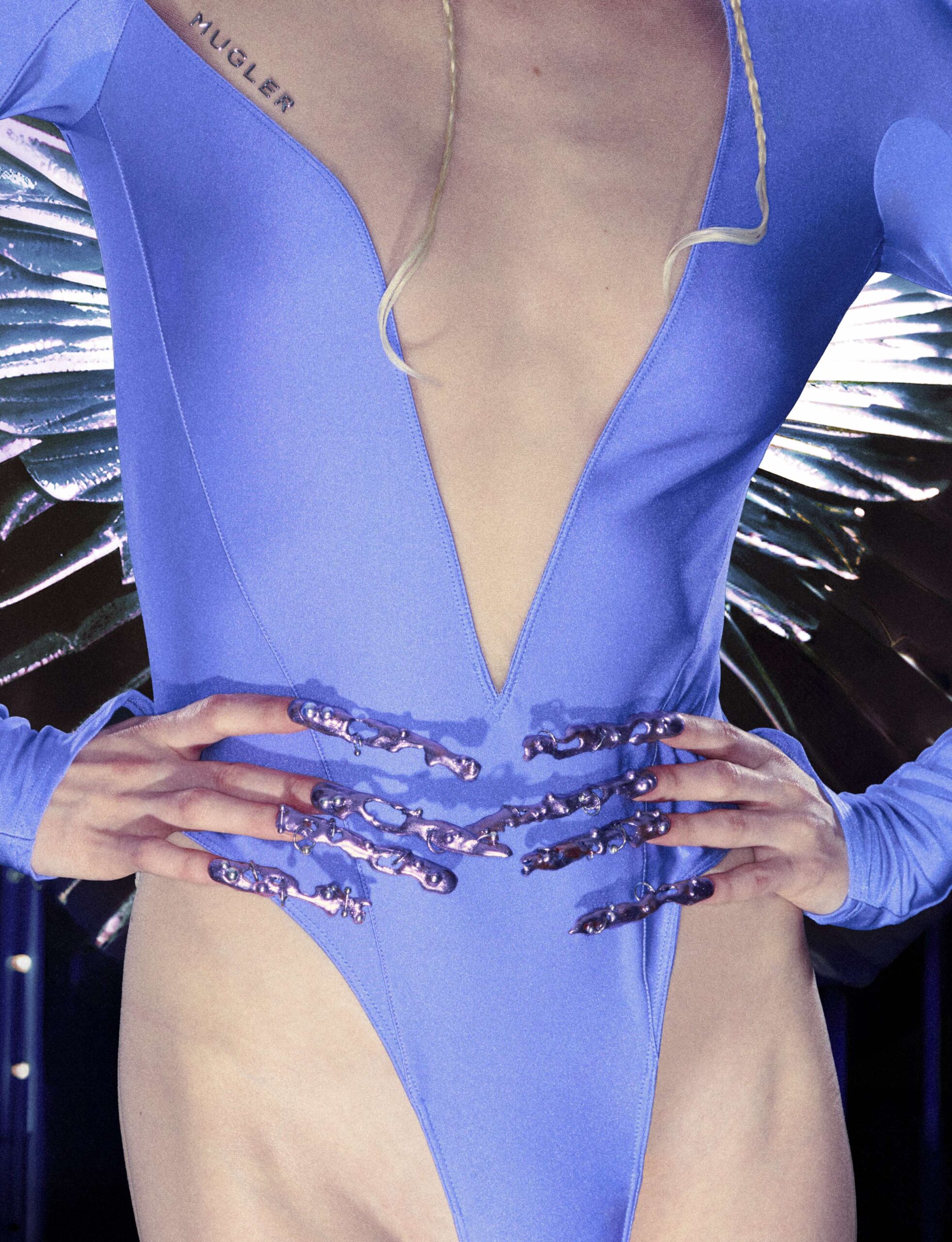
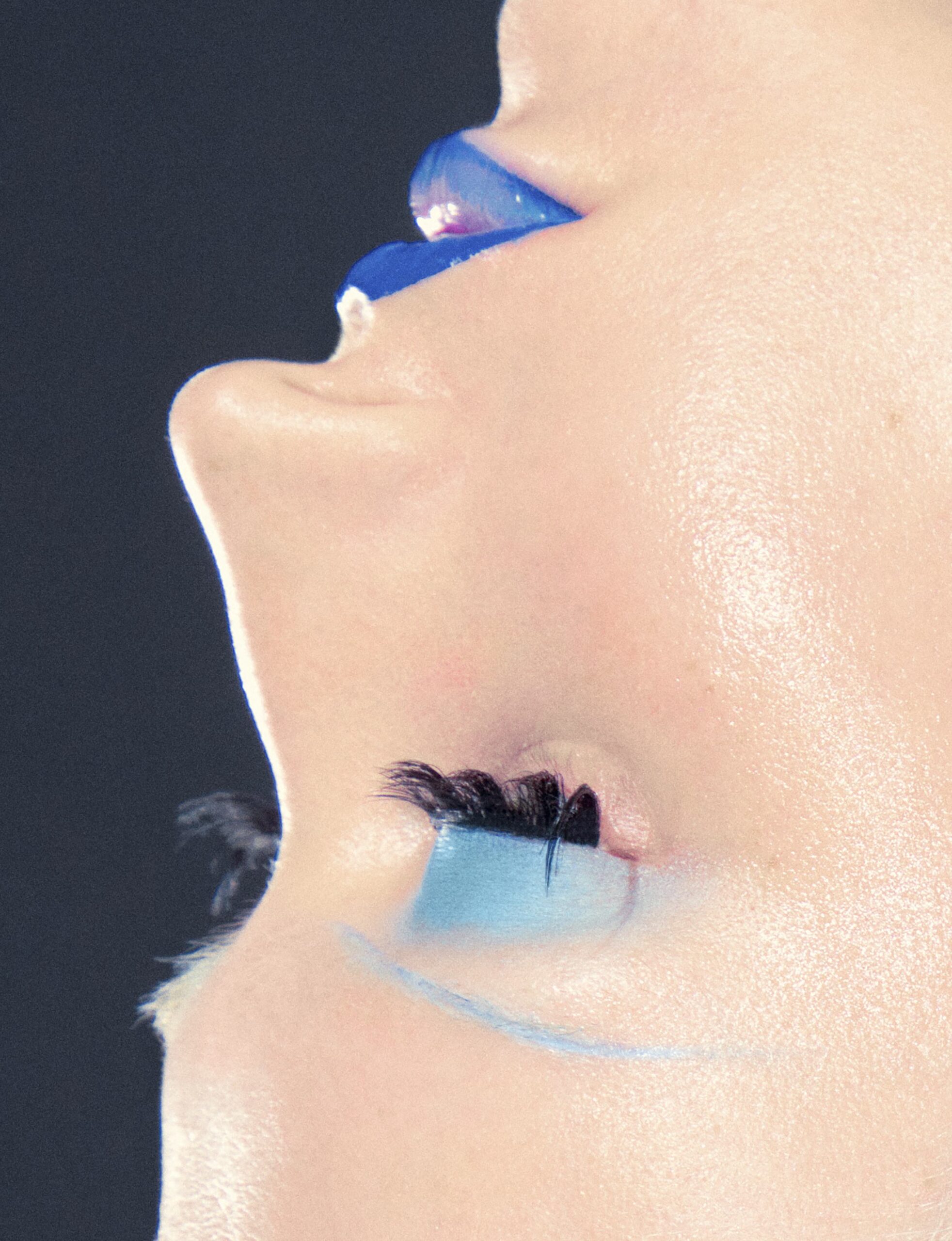
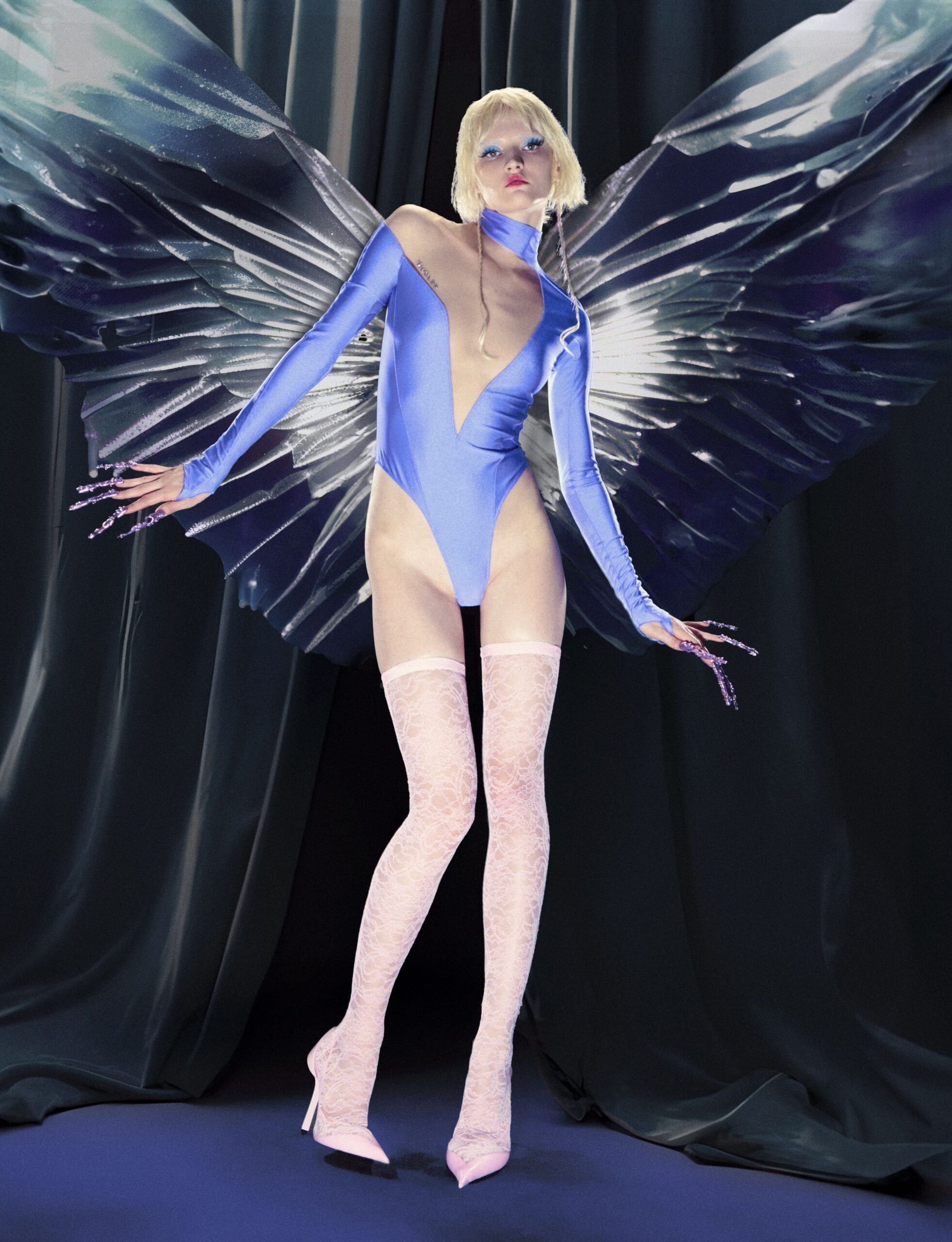
Words by Grace Powell
Creative direction and Photography by Adrián Cuerdo
Creative direction and Styling by Oriol Robert
Production by Angie Couple
Light design by Isidro de Quesada
AI art by Noah Pharrell
Hair by Rita Skomrova using Kevin Murphy
Make-up by Blau
Modelled by Gret Mateides @ The Vanguard Management
Retouched by Louie Cobo and Adrián Cuerdo
Photography assistance by Louie Cobo
Styling assistance by Emanuele Carrera
All clothing Mugler Autumn-Winter 23
Notifications